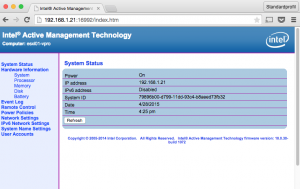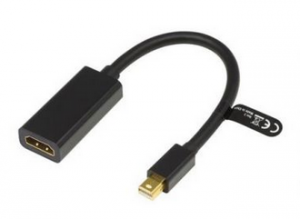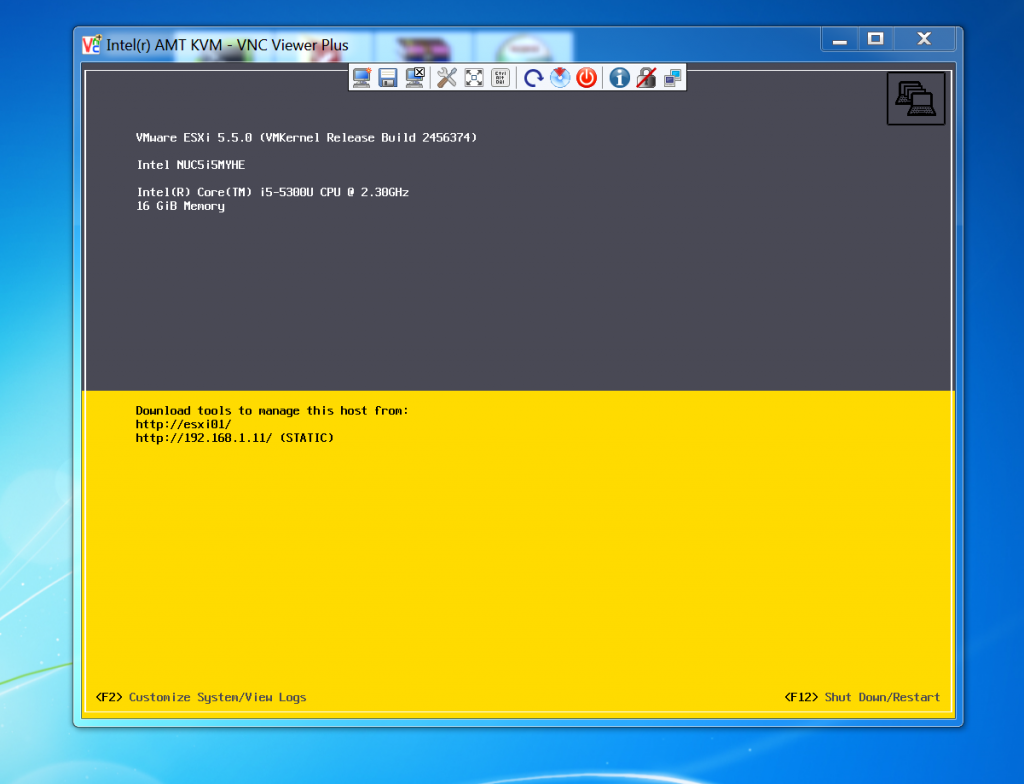Having a background as a System Administrator working in the pre-virtualized world puts a lot of things into perspective. I remember how VMware virtualization changed everything and made my job easier and funnier. No more worrying about hundreds of physical servers, different driver models and complicated installation processes.
When we were virtualizing we were running both virtual and physical servers. Virtual servers had higher availability than the physical because of vMotion and HA. We still needed to backup the data and it was easy because we could leverage our existing in-guest backup agent on a virtual machines as we had been doing on the physical for many years.
VMware released the VMware Consolidated Backup VCB – that helped offload the backup. What a beast it was! (not meant in a good way). Luckily some interesting companies like Vizioncore (vRanger) and Veeam appeared with backup solutions built for making full-vms backups. These solutions enabled us to lower our RTO dramatically since we could do complete VM restore in a few hours. We had many challenges with sizing the VM backup environment since the hardware and software was not coupled together. It gave us flexibility but also many headaches when the hardware was too slow for backup or restore purposes extending our RTO with several hours.
The solutions changed our perspective on backups and were innovative, but have then slowed down since they built on a more than 10 year old design. It is the cycle of any software solution.
What I love most about working in the IT space is that new technologies will emerge and innovate a space where innovation has stopped! That innovation is happening right now in the backup and copy data management space.
To move to the next level you need a backup solution that tightly ties next-level backup software and the hardware together. Once you couple the software and hardware it enables a solution that just works better! No more bad RTO because of undersized hardware, no more challenges with “What am I gonna buy”, and several day workshops with the backup vendor to help sizing the hardware storing the mission critical data. No more workshops to understand how many proxy servers, media servers, transport servers you need and how much CPU and Memory you configure them with. This is legacy design that worked good for many years, but it is complicated with LOTS of moving parts. We loved it because it was the best there was.
Cohesity is now innovating this space and the way they do it is beautiful and brilliant. Let me help you understand how they do this.
- You build a fully distributed file-system (OASIS) and run it on physical servers (nodes). Each node got plenty of CPU power, Memory, SSD and disk capacity available.
- The file-system will use patented SnapTree technology that can store infinite snapshots of data with no performance impact. (Yes infinite!)
- The file-system supports De-Dupe and compression. The de-dupe is variable length and not fixed as most other solutions.
- The system scales from a minimum of 3 nodes to a maximum of infinite nodes. True scale-out architecture.
This will provide you with the perfect place to store your data!
On top of this you built a Distributed Data Protection engine that runs on the hyper-converged platform. Yes you read it right, the system is not running as virtual machines and it is not running on just one node in the cluster. Any node will we have to handle the roles and responsibilities. You have a fully redundant highly available backup software running natively on the hardware used to store your data.
This will eliminate your need to buy backup software and hardware independently. Using it together brings you next level services.
To deploy the solution? It is simply to add the nodes to your data center. You get 4 nodes in a 2U cabinet with 96TB raw capacity. Need more capacity? Add more nodes.
Then you connect it to vCenter and you define on policies how you want to protect your VMs. No more backup jobs! It is all policy based.
The solution will not only do backup of full VMs with application awareness. But it will also let you
- Replicate data to another site or to a public cloud provider for site redundancy.
- Instantaneous recovery times, all backups are fully hydrated snapshots and you can clone them and run them for test / dev purposes
- Instant File Level search. All data is indexed and you have Google-like-search available to help you find the data you need to restore.
- Physical server support for Windows and Linux
- MS SQL, MS SharePoint, MS Exchange application awareness
- Granular VM, File and object-level recovery.
- And much more
If you are reviewing your backup and data protection strategy you would be crazy not to take the new innovators into account. The future is here and now the next leap in virtual backup and copy data management is happening.








